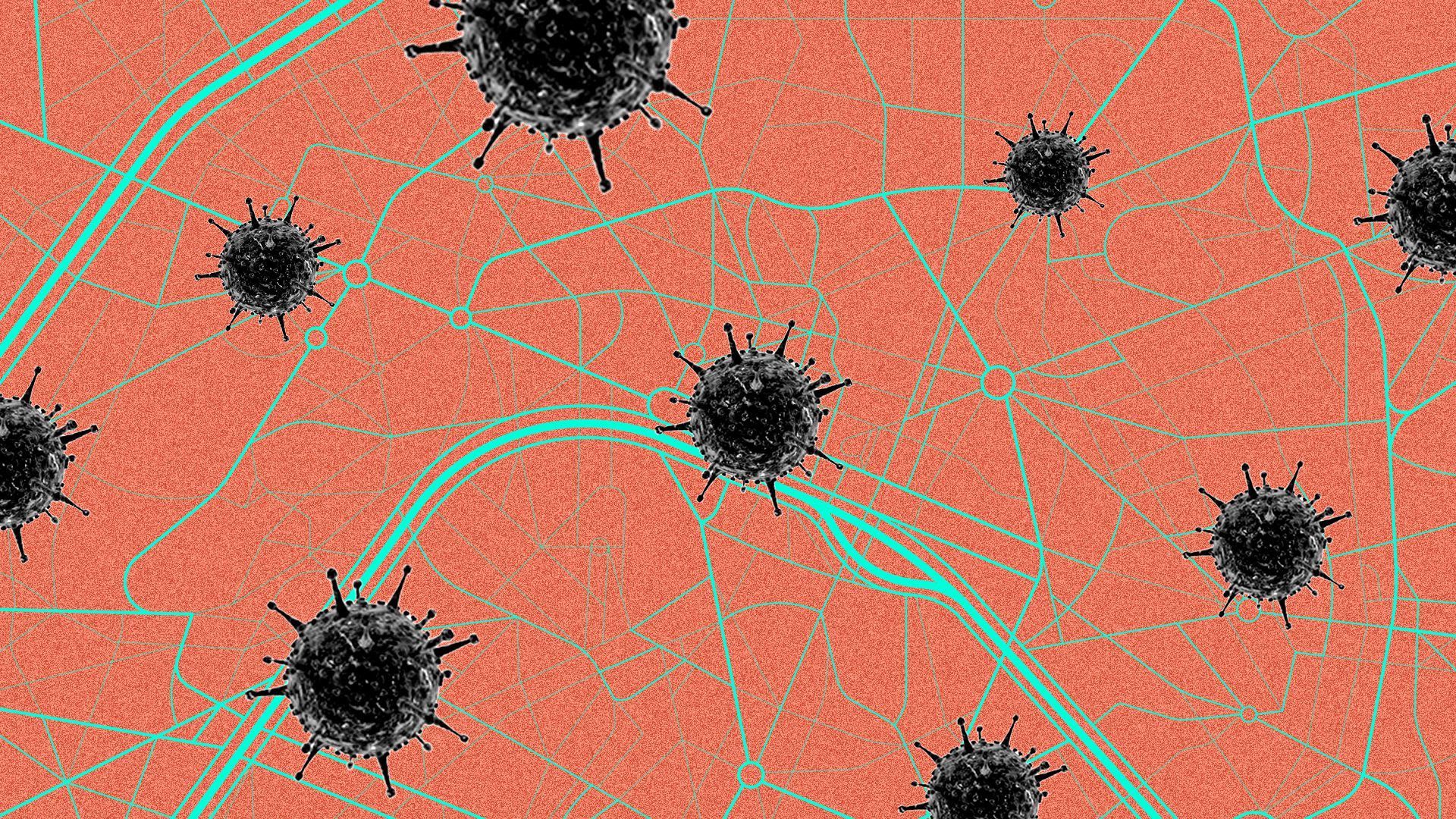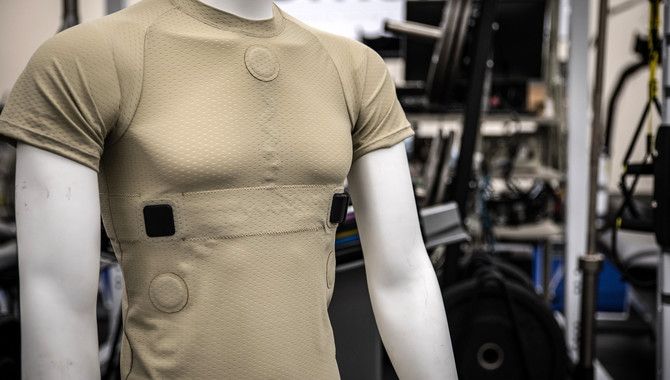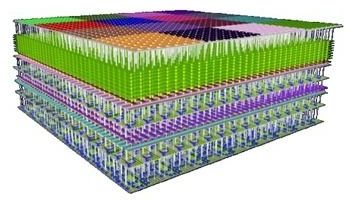The “Commercial Crew Nine” will fly to space in hardware made by Boeing and SpaceX
- By Tariq Malik, SPACE.com on August 4, 2018

The “Commercial Crew Nine” will fly to space in hardware made by Boeing and SpaceX

Cuprate superconductors have many unusual properties even in the “normal” (nonsuperconducting) regions of their phase diagram. In the so-called “strange metal” phase, these materials have resistivity that scales linearly with temperature, in contrast to the usual quadratic dependence of ordinary metals. Giraldo-Gallo et al. now find that at very high magnetic fields—up to 80 tesla—the resistivity of the thin films of a lanthanum-based cuprate scales linearly with magnetic field as well, again in contrast to the expected quadratic law. This dual linear dependence presents a challenge for theories of the normal state of the cuprates.
Science, this issue p. 479
The anomalous metallic state in the high-temperature superconducting cuprates is masked by superconductivity near a quantum critical point. Applying high magnetic fields to suppress superconductivity has enabled detailed studies of the normal state, yet the direct effect of strong magnetic fields on the metallic state is poorly understood. We report the high-field magnetoresistance of thin-film La2–xSrxCuO4 cuprate in the vicinity of the critical doping, 0.161 ≤ p ≤ 0.190. We find that the metallic state exposed by suppressing superconductivity is characterized by magnetoresistance that is linear in magnetic fields up to 80 tesla. The magnitude of the linear-in-field resistivity mirrors the magnitude and doping evolution of the well-known linear-in-temperature resistivity that has been associated with quantum criticality in high-temperature superconductors.

Extraterrestrial life in the universe might be rarer than scientists thought; here’s why.
Follow Elements for more!

Let us frame the question, by reviewing what miners really do…
Miners play a critical role in the Bitcoin network. Their activity (searching for a nonce) results in assembling an immutable string of blocks that corroborate and log the universal transaction record. They are the distributed bookkeepers that replace old-school banks in recording and vouching for everyone’s purchase or savings.
From the perspective of a miner, there is no obvious connection between their activity and the worldwide network of bitcoin transactions and record keeping. They are simply playing an online game and competing against thousands of other miners in an effort to solve a complex and ongoing math problem. As they arrive at answers to small pieces of the problem, they are rewarded with bitcoin, which can be easily translated into any currency.
What is the Problem?
One day, mining for rewards will no longer be possible. The fundamental architecture of Bitcoin guarantees that mining will end. The pool of rewards that were held in abeyance as incentives is small and will run out in 2140—about 120 years from now. So, this raises the question: How will we incentivize miners when there is no more reward? (Actually, they won’t really be miners anymore…They will more accurately be bookkeepers or ‘validators’)
Is there a Solution?
Fortunately, there are many ways to offer incentives to those who validate transactions and maintain the books. Here are just a few:
 I believe in this last solution and I have proposed it as the path forward at crypto/blockchain conferences.
I believe in this last solution and I have proposed it as the path forward at crypto/blockchain conferences.
Today, this idea seems implausible, because of the memory and computational requirements for running a full node. But, there have been big advancements in the effort to support micro-mining—which does not require such resources. Additionally, it is likely that the current proof-of-work mechanism used to arrive at a distributed consensus will be replaced by another mechanism that does not result in a competition to see who can consume the most electricity.
More about the sunset of mining incentives:
Philip Raymond co-chairs CRYPSA, hosts the New York Bitcoin Event and is keynote speaker at Cryptocurrency Conferences. He sits on the New Money Systems board of Lifeboat Foundation and is a top Bitcoin writer at Quora. Book a presentation or consulting engagement.
I think we have finally entered the rapid exponential runaway phase of the technological Singularity. As we’ve already seen in the last year year-and-a-half, we are in an era of unprecedented chaos and innovation. The invention of multifidus AI is, of course, the driver of the singularity and as we move forward people like Musk will become ever more importance to the future of our species.
Having a president like Donald Trump can I think, be taken as just another symptom of this period of time. It might not seem like Donald Trump has anything to do with the singularity. He, PERSONALLY, doesn’t, really. But the methods of his madness are the salient data point here. His use of Twitter VERY quickly changed the way millions of people communicate. It changed how they view the world, and their place within it. They have fallen to theiir knees in hypocritically and ENTIRELY UNFORGIVEABLE SUBMISSION to the SICKLY malevolent STUPIDITY that is embodied in the orange, spoiled meat named Donald J Trump. The Right has finally drunk the Kool-Aid that they’ve been serving everyone else for years and found it to be most unpleasantly bitter. They have been bitten by the hand that feeds them.

Wearable medical technology is designed to be small and lightweight to minimize additional burden on medical Airmen and the warfighter, whether they are on a remote battlefield or aboard an aircraft.
“Wearables provide greater accessibility,” said Dr. David Burch, a research biomedical engineer and the medical technology solutions team lead for the En Route Care Medical Technology Solutions Research Group, 711th HPW. “An aircraft has a very tight space and weight limit to maintain performance, and battlefield medics need to carry everything they use. Wearables provide accessibility to the human in a way that is better form, fit, and function.”
One wearable device that achieves that accessibility is a tissue oxygenation sensor, developed jointly with a private company. This small, soft, injectable sensor lets medics determine if a patient is able to be medically evacuated by assessing how well their blood transports oxygen to tissue.
Ghostgunner.net is a leading seller of 80 percent receivers and machine tools to complete AR-15 and AR-308 ghost guns.


The Defense Advanced Research Projects Agency (DARPA) has selected the teams for two research programs that the agency hopes will provide technologies to transcend the limits of Moore’s Law.
As part of DARPA’s $1.5 billion Electronics Resurgence Initiative (ERI) to “jumpstart innovation in the electronics industry,” the Three Dimensional Monolithic System-on-a-Chip (3DSoC) program and the Foundations Required for Novel Compute (FRANC) program are focused on developing chip-level innovations that lead to more powerful and efficient computing systems. We reported on both programs last September, just after they were announced.
Last week, during DARPA’s first ERI Summit in San Francisco, the agency revealed the research teams selected to drive each of these efforts. For the 3DSoC program, groups from the Georgia Institute of Technology, Stanford University, Massachusetts Institute of Technology, and Skywater Technology Foundry were tapped. The corresponding research teams for the FRANC program will come from HRL Laboratories; Applied Materials, Inc.; Ferric, Inc.; the University of California, Los Angeles; the University of Minnesota; and the University of Illinois at Urbana-Champaign.